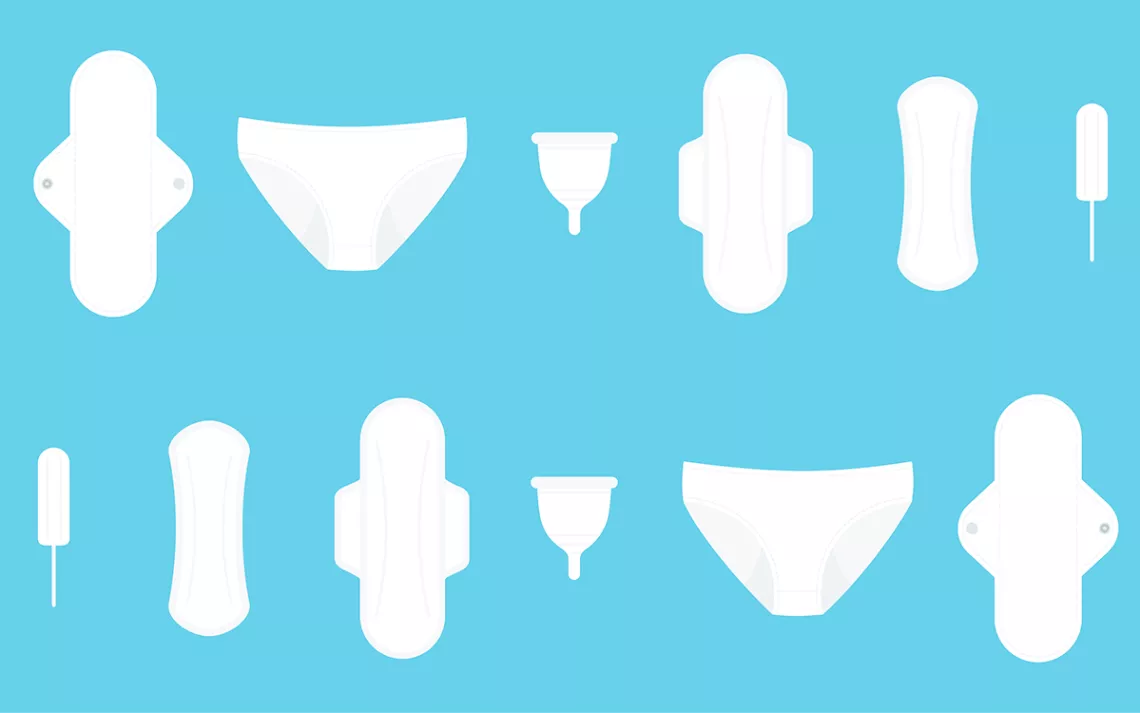How Do I Minimize the Environmental Impact of My Period?
Ms. Green has the answer

Photo by frikota/iStock
Hey Ms. Green,
I want to minimize the environmental impact of my period. Reusable pads seem to be similar to cloth diapers: The resource expenditure and waste generation for disposables is high, but the alternatives are also far from ecofriendly. Are reusable pads worth it?
—Julianne in Longmeadow, Massachusetts
What's the greenest way to catch the crimson tide? Surprise! It's not single-use items. In 2015, the Ocean Conservancy collected 34,892 used tampons and applicators on beaches. No pads or tampons in the United States are labeled as certified compostable. Plus, imagine municipal facilities sorting compostable versus non-compostable ones (they don't). Many tampons have petroleum-based plastic wrap, and many name-brand menstrual pads have toxic chemicals that are likely absorbed through skin.
Luckily, what might be the greenest menstrual product is the most comfortable: period underwear that doesn't give you that everyone-knows-I'm-on-my-period look and feel. I wash mine with cold water that I collect in water dispensers while I wait for my shower to get warm.
I sleuthed around six swimwear and organic-period-underwear manufacturers to see how they measure up on worker rights and sustainability. Lunapads was the only company that replied, saying that its underwear is made from GOTS-certified organic yarns and many fabrics that are certified, and it has no diisocyanates, according to its US supplier of waterproof polyurethane lamination.
 The Magazine of The Sierra Club
The Magazine of The Sierra Club



